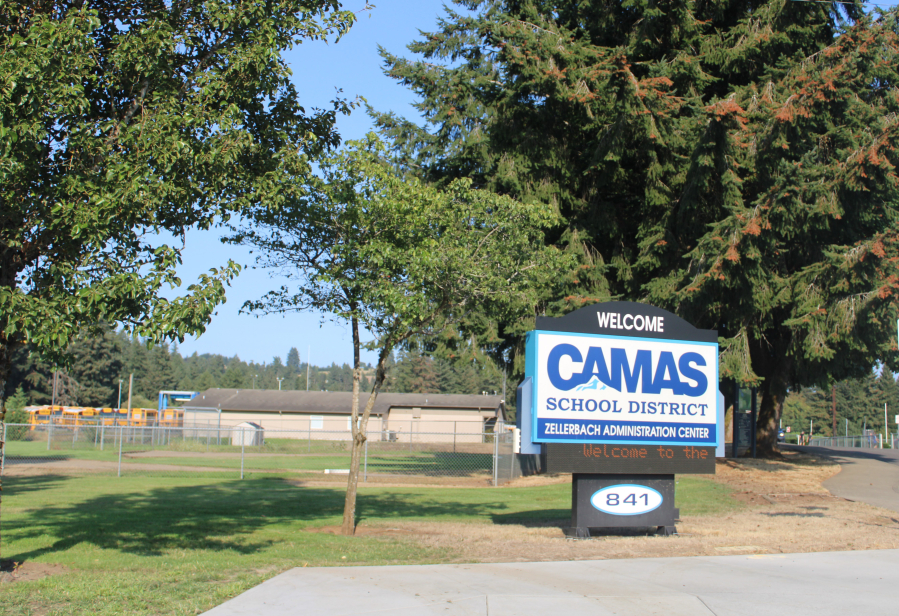Camas School District Superintendent John Anzalone this week provided “a high level” look at where the district might cut $6 million from its 2023-24 budget.
“We are on track to make our $6 million target, but we still have some decisions to make,” Anzalone told the Camas School Board during the Board’s workshop on Monday, March 13, adding that he expects to share more detailed budget-cut recommendations with the board members over the next couple weeks.
“This has been a thoughtful process, and I’m proud of the confidentiality we’ve tried to ensure for our staff,” Anzalone said.
The school district’s central administrative office will likely shoulder the largest share of the budget cuts – with an expected $1.77 million, or 30% of the total budget cuts, coming from the central administrative office.
The superintendent’s overview also called for $1.56 million (26% of the total budget cuts) to come from the district’s high schools; while $1.16 million (19%) and $1 million (17%) would come from the district’s middle and elementary schools, respectively. Anzalone said an additional $510,000 in cuts was still “to be determined,” but that district leaders were hoping to spare classified staff positions as much as possible.




